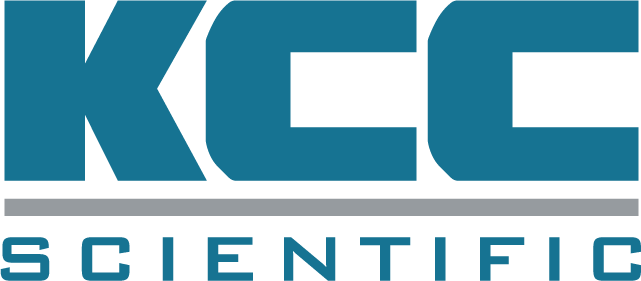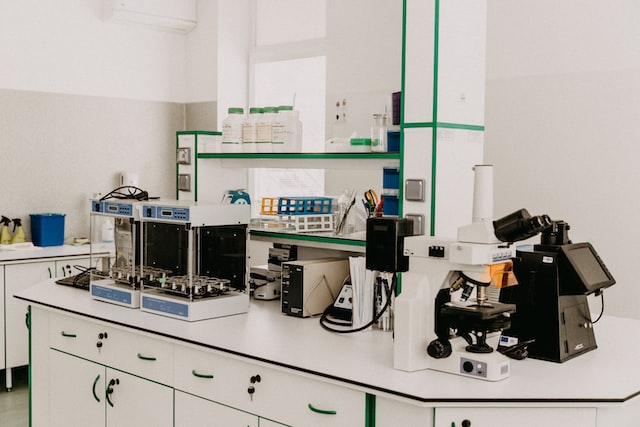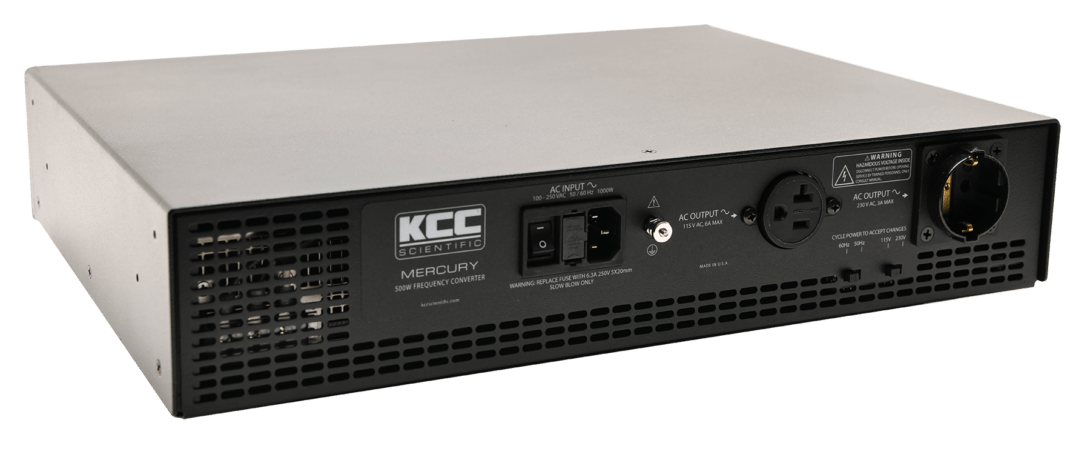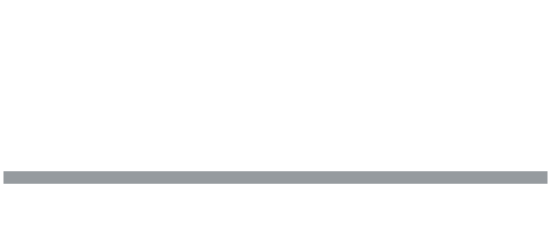Teri Reindel, February 28, 2020
Several of us here at KCC Scientific just returned from the MD&M show in Anaheim, CA. During our visit, we spoke with several lab managers and scientists. We continue to hear the same challenges that face them in their work as we do from other customers, and will be discussing a few of these challenges in this paper.
Research Laboratories across the globe find themselves using increasingly more delicate and precise test equipment. In addition, research and test has become more global and mobile, with equipment and researchers moving worldwide. As such, the following questions become important:
- What if your test equipment was developed for a different power grid?
- What if you need to test a product being developed for a different power grid?
- What if your research requires clean, isolated power for delicate instrumentation?
- What if you require ultra-high mains power line frequency precision?
We will discuss some of the recent advances in equipment meant to power laboratories’ delicate and precise devices anywhere in the world.

Traditional Industrial Frequency and Voltage Converters.
Many of the frequency converter units out there look like they were designed in the 70’s—because in many cases, they were designed between the 70’s and the 90’s. Designing new products for this space is not for the faint of heart, and many companies who originally designed these products in that era no longer have the expertise in house to update the products. As a result, they are saddled with older designs (which may or may not meet newer safety, EMI, and PFC standards). They also use 30 year-old semiconductor technologies. These older technologies suffer from lower efficiency, and bring with them larger, heavy inductors and SMPS transformers. These things in combination lead to weight issues, with equipment coming in at around 80 pounds.
Up until now, frequency and voltage converters have been developed and available primarily with industrial applications in mind. These converters are generally higher power (1,500 watts or more). Further, they may convert frequency and voltage, with only one level (output frequency and voltage not selectable). At the time of purchase, an end user must often select from 230V AC 50Hz to 115V AC 60Hz or visa versa, but the option of having both available in one product has not been available. Or, at the other extreme, they may have front panels that look like a jetliner cockpits–and too complex for the simple function needed.
Net result: these higher power converters are often large, heavy and immobile, not to mention complex. Some require an electrician to permanently connect them into the building power. In addition, the starting price point is often well over USD $3500. The cost is cumbersome enough that vendors offer rentals as an alternative to purchase. For today’s research labs, these older, traditional models are simply too much cost, size, weight and power—and not enough precision. Further, output frequency and voltage may not be easily selectable and therefore won’t enable a test lab to move around the globe to conduct work with universal power.
Today, as a result of the globally collaborative research environment and a mobile work force, it is imperative that frequency and voltage converters be compact, relatively lightweight, lower power versions available, higher precision, and economical. In addition, frequency and voltage converters today must include outputs selectable for all power grids. As a result these newer frequency and voltage converters would create a virtual, universal power grid for research labs. To learn more click here: https://www.kccscientific.com/products/
Frequently Asked Questions from Research and Device Laboratories
Precision Frequency
We need to power our device at 230V at exactly 50.0000Hz to analyze performance. The device will not function optimally at small variations of frequency + – 0.1Hz. What is the precision of KCC Scientific converters frequency?
All KCC Scientific frequency and voltage converters are accurate to within .0002%. If you need absolute precision we encourage you to use the Professional Series converters. These models include Thor at 100 watts, Hercules at 200 Watts and Mercury at up to 1000 watts. The Professional Series products are of scientific grade performance and are most applicable for research and test.
Power Rating
Will using wattage below the converter’s power rating damage it or result in output aberrations?
There is no issue with under-loading a KCC Scientific converter. They perform optimally with any load from 0 watts to full power.
Multiple Devices or Multiple Connections for Testing
Can I hook up multiple converters at one time?
Yes! If you have an installation requiring, say, 1500 watts, you can “split” the power distribution for that system into two branches and use two converters, each providing one-half of the required power to each branch.
However, don’t connect multiple converters in parallel into the same branch to boost the power. This is both unsafe and just plain won’t work.
Can I connect multiple test gear to one converter?
Yes, absolutely, as long as the total power consumed is less than the rating of the converter.
Using KCC Scientific Converters for Powering IEC-60601-1 Testers
I am looking for a device that can convert 230VAC 50Hz into 230VAC 60Hz. The idea is to power an electrical safety tester. The tester allows us to test our devices here, where mains power is 230VAC 50Hz. The idea is to supply a device with 230VAC 60Hz to perform the tests under conditions that are closer to our market’s electrical networks. Can the Hercules 200 watt unit provide this?
Yes, there is no problem plugging the device into 230V 50Hz; the KCC Converters are universal and can be used worldwide.
Note that when we have had other customers needing to power IEC-60601-1 testers we found it necessary to defeat our output isolation. This is no problem and there is no charge, but we need to know if this is something you wish to have done. It can be modified by you (we can provide instructions) but we would rather not rely on customer internal unit modifications. Please contact us at https://www.kccscientific.com/contact/ at the time of purchase and we can configure the unit accordingly.
Normally, our output is floating with respect to earth (acting as an isolation transformer) because this helps reduce noise in many applications. That said, for some IEC tests this floating causes an interruption that the tester can’t interpret. Our simple modification cures this for use with these specialty testers.
Earth Connection or Grounding with Converters.
I would like to use the Hercules 200 watt converter to operate a leakage current test at 60Hz. When I start it up, the leakage tester displays “ no earth connection.” Is the output of the frequency converter floating?
The Hercules Converter acts as an isolation transformer. If the leakage current tester is using the line or neutral connections as the earth reference, then it will show that there is no connection.
If you have an application where you need the neutral output grounded, we would be happy to configure it that way for you at the factory. Please contact us at https://www.kccscientific.com/contact/ at the time of purchase and we can configure the unit accordingly.
Smaller, more Economical Frequency Converters.
We travel the world with a few racks of sensitive electronic equipment and have been struggling to find a reasonably priced, universal AC to AC converter. What is the size and weight of the Professional Series Converters?
The Professional Series frequency and voltage converters are compact, lightweight and economical. They are perfect for laboratory benches as well as racks travelling the globe. Here are the sizes, weights and cost.
| Product | Size | Weight | Price (USD) |
| Thor (100W) | 8.75 × 6.25 × 3.25 in (22.2 x 15.9 x 8.26 cm) |
6.6 lbs (3kg) |
$439.00 |
| Hercules (200W) | 8.75 × 6.25 × 3.25 in (22.2 x 15.9 x 8.26 cm) |
8.6 lbs (3.9kg) | $799.00 |
| Mercury (500/1000W) | 17.5 × 12.75 × 3.75 in (44.5 x 32.4 x 9.53 cm) |
29 lbs (13.2kg) | $1499/1795 |
PFC—why is it relevant?
PFC stands for Power Factor Correction. Older (and some newer) equipment use linear transformers, rectifiers and very large capacitors to create the internal DC voltages used to power the equipment. This style of power supply has been recognized for decades as violating newer power standards for efficiency, and causing stress to the power grid. The reason is that it wastes a great amount of power in contrast to the real power provided, delivering it over a very small percentage of the overall power sine wave. Many frequency and voltage converters as well as the equipment being powered by them suffer from this issue.
KCC Scientific converters are all PFC-corrected. This means high efficiency, the ability to meet newest standards, and lightweight design. A side benefit is that this helps smooth the power factor of the equipment being powered, regardless of whether the equipment is PFC compliant or not.
What is included with your converters?
With all KCC Scientific converters, everything you need to plug and play is included. Let’s start with the power cord or wall plug. We ship a power cord or wall plug to accommodate the wall mains in accordance with the customer’s selection at checkout. The customer can choose from Type B (North America), Euro plug or Schuko Type E (European), BS1363 Type G (Great Britain and Asia), Type I (Australia and New Zealand), and Type M (South Africa).
With Hercules and Thor, we also include a wall adapter. The convenience of using a wall adapter cannot be overstated. These adapters are fully certified and rugged. Nevertheless, they are easy to replace should some event occur which causes them damage.
The output receptacle on Hercules and Thor is universal, and can likewise accommodate plug styles from nearly every country.
Above a certain power level, wall adapters are not an option. For Mercury, the power supply is built in. The output receptacles provided are the standard NEMA 5-15 Type A/B North American 2 or 3-prong style) for 115V AC output. In addition, a Schuko-style plug is provided for 230V AC output. Output adapter plugs for other countries are available upon request.







